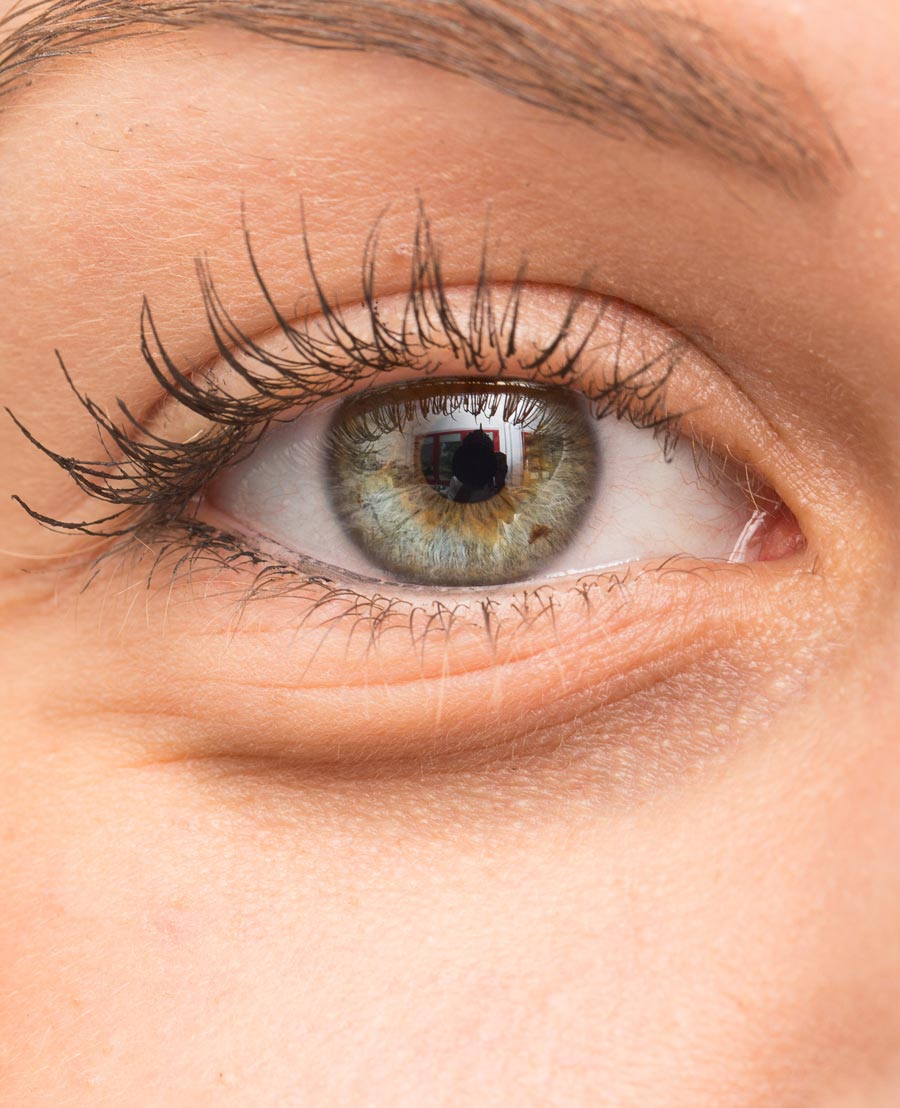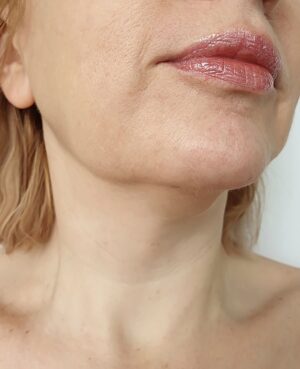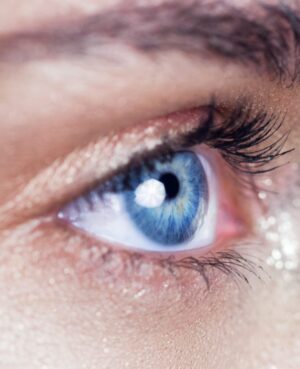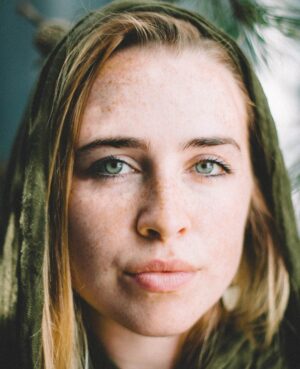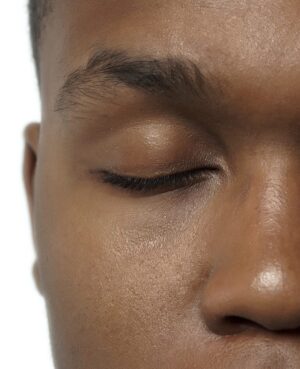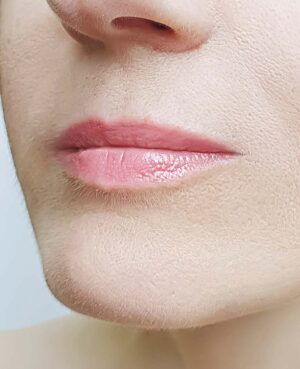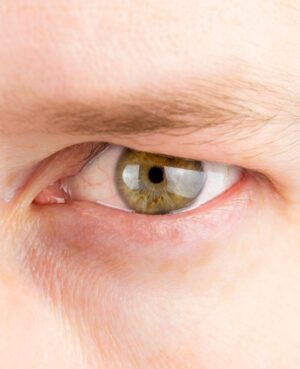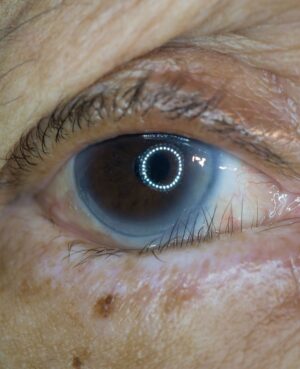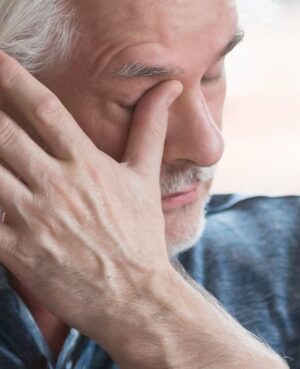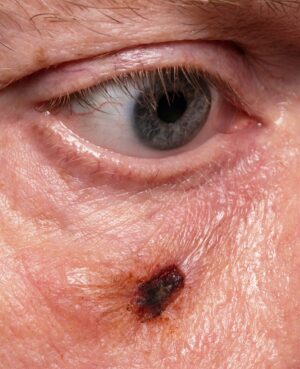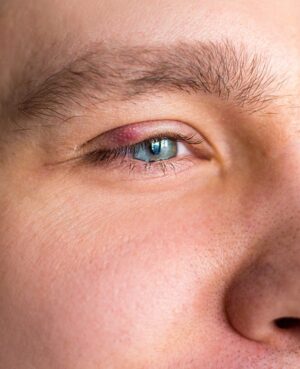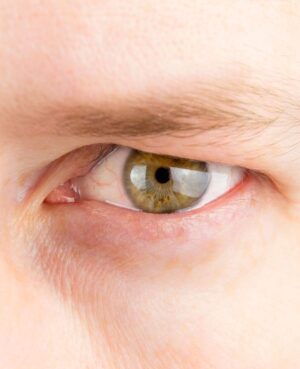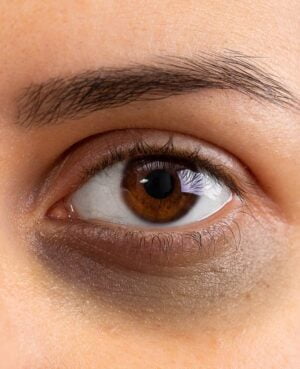Festoons (Lower Lid Bags) & Malar Oedema & Eyebags
A festoon and a malar bag (or mound) appear under the eyes, below the lower eyelid, and on the cheek. Malar bags are a common symptom of midface ageing and can lead to a tired, older appearance.
Whilst festoons and malar oedema are fairly common. We understand the anguish caused by the signs of ageing. At FaceRestoration, we are consultant ophthalmic and oculoplastic surgeons dedicated to exceptional and innovative treatments with outstanding results for our patients.
ABOUT THIS CONDITION
INFORMATION ABOUT YOUR SYMPTOMS
Patients with festoons or malar oedema are often unhappy with their appearance – complaining of excessively puffy eye bags. In more severe cases, festoons can also cause disturbances in patients’ peripheral vision.
It is important to have a full consultation to determine the true cause of festoons and malar oedema. At FaceRestoration, you’ll be seen by two consultant ophthalmic and oculoplastic surgeons who can give tailored expert advice.
Our consultants will offer a bespoke management plan with treatments ranging from medical-grade skincare to surgical treatments.
What is malar oedema?
Malar oedema is an accumulation of fluid just above the cheekbones. The severity may vary and can worsen after salty meals or in the mornings. The consistency of the fluid build-up is usually soft and compressible. It is essential to have a full examination to rule out other medical causes other than natural ageing. Oedema may be caused by cardiovascular, renal, liver problems, hypothyroidism, periorbital cosmetic injections, or allergies.
What are festoons?
The festoon occurs around the lower eyelid due to soft tissue and skin bulge. Lax skin and thinned muscles contribute to its appearance.
Festoons vs Eye Bags
A festoon is often misdiagnosed due to the misconception that they are eye bags. However, they differ in some important ways:
- A bag appears as fat protruding through a thin layer of skin on the lower eyelid. While festoons still protrude, they also affect the upper cheek area.
- The bags are puffy and can feel almost firm when touched. The festoons are softer and more pliable.
- It is possible for festoons and bags to merge into what appears to be one protrusion.
What Causes Festoon Eye Bags?
Genetics plays an important role in many of the conditions that affect our appearance. Even though festoons may have a hereditary predisposition, there are a few things that can increase their probability:
- Smoking
- Exposure to the sun
- Natural ageing
A structural issue with the skin is the root cause of festoons. It is caused by muscle relaxation that helps us close our eyelids.
Why do Malar Pads change in appearance?
In addition to the effects of ageing on the skin, many people develop oedema as they age. A condition in which the body retains too much fluid. Oedema can be exacerbated by underlying medical conditions, and in younger patients, heavy drinking and excessive eating are a factor.
Fluid retention makes malar pads appear worse in the morning due to fluid retention. Laying down causes fluid to accumulate around the eyes and upper cheeks. Physical activity during the day causes the fluid to move around the body and settle around the ankles.
Injury or surgery around the eye can also worsen the appearance of festoons. It is possible that either of these could cause additional swelling, making festoons more apparent until the swelling subsides.
Related conditions
Similar conditions clients also view
-

Face drop & Facial Palsy
-

Toxin Related Complications
-

Age Spot, Pigmentation & Sun damage
-

Cosmetic Eyelid Surgery
-

Thin Lips
-

Dermatochalasis (Loose Skin) & Hooded Eyes
-

Entropion (Turned In Eyelids)
-

Dry Eyes & Blepharitis
-

Periocular skin cancer
-

Chalazion & Stye
-

Droopy Lids, Ptosis & Tired Eyes
-

Dark under eye circles & Tear trough


How we can help
Contact us for a consultation

Booking with us
Arrange a consultation with us using the button below at a time of your choosing. This may be held through video chat dependant on COVID guidelines at the time.

Your consultation
We will then discuss with you your symptoms and advise you on how best to proceed with helpful guidance on treatments through our expert knowledge and training.

Treatment after care
Once an appointment has been arranged, we will then begin treatment and support you along the process, including specialised aftercare.
